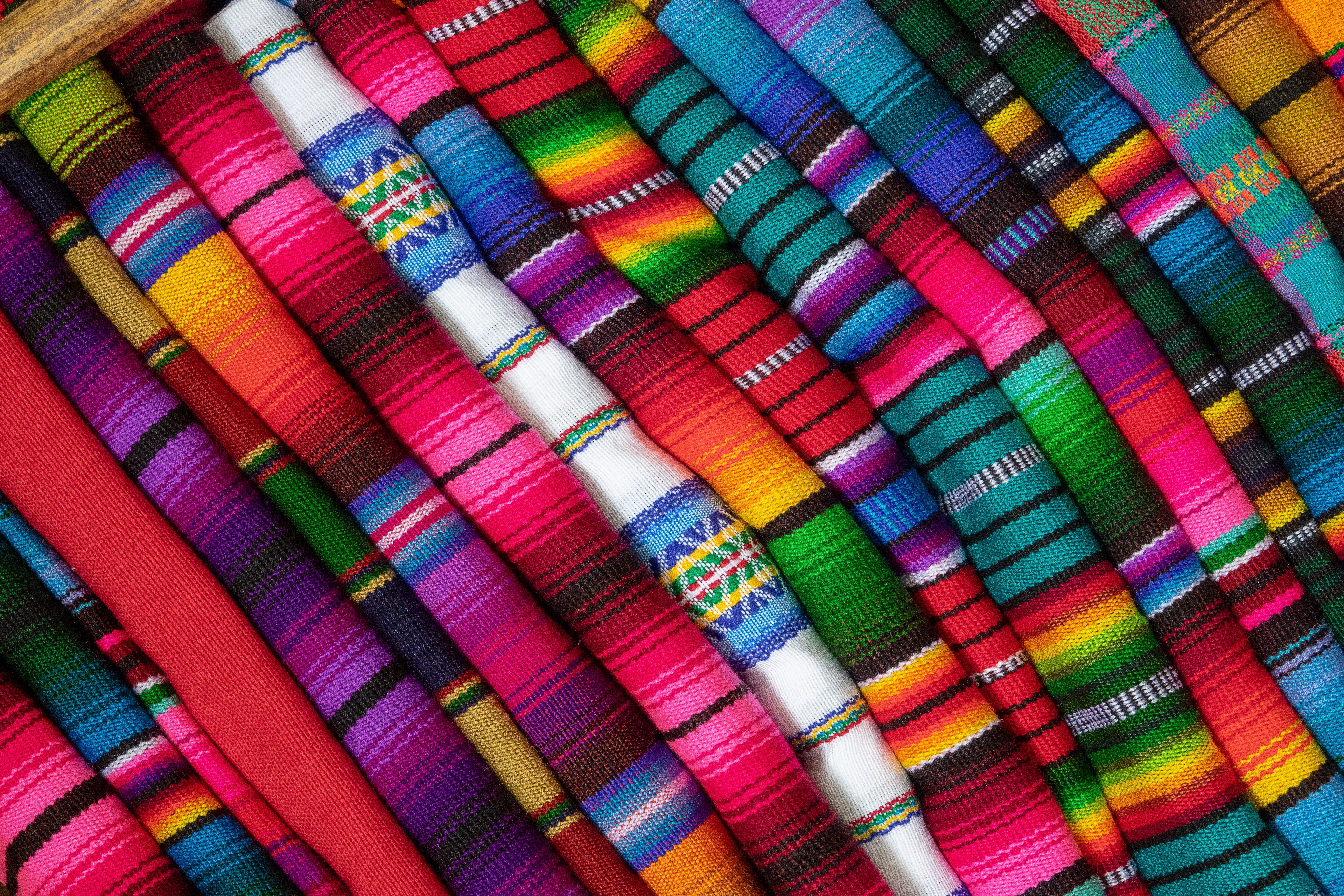
Building Circularity in the Textiles Value Chain
Why Textiles?
A globally important industry
The textile industry is one of global importance, providing high levels of employment, foreign exchange revenue and products essential to human welfare.
The world is producing and consuming more textiles than ever before, and the current very low re-use and recycling rates mean that more textiles are also being thrown away than ever before. This requires ever more land, water and fossil fuels, and leads to increasing pollution of the air, water and soil.
It also means a considerate value loss - globally, the annual cost to consumers of throwing out clothing that they could continue to wear is estimated at $460 billion. With sales expected to grow further, accelerated through ever increasing demand for fast fashion, actions for a sustainable textile value chain, including new business models, are indispensable.
Hazardous substances are a barrier to achieving more sustainable and circular value chains. Transparency on products’ chemical content, production history, and properties for use and after use is fundamental. The global growing fashion appetite has also a potential to be a highly visible engine for lifestyle change and consumer education.
million people employed in the textile industry, many of them women
increase in clothing production has approximately in last 15 years
decrease in number of times a garment is worn
Shifting to circularity in textiles
A shift to circular models provides a critical tool in delivering sustainability for the industry – and will require changes at each stage in the value chain, involving players of all sizes and market segments.
The use of hazardous substances in textile processing will have to be eliminated, and resources will have to be used much more effectively, with a shift away from fossil fuels towards renewable sources of energy and materials. The life span of clothing and other textile products will have to be considerably increased, along with radically improved recycling when materials reach their end-of-life.
Sustainable and circular textiles will thus require entirely new ways of doing business, but will deliver an industry that benefits business, society and the environment.